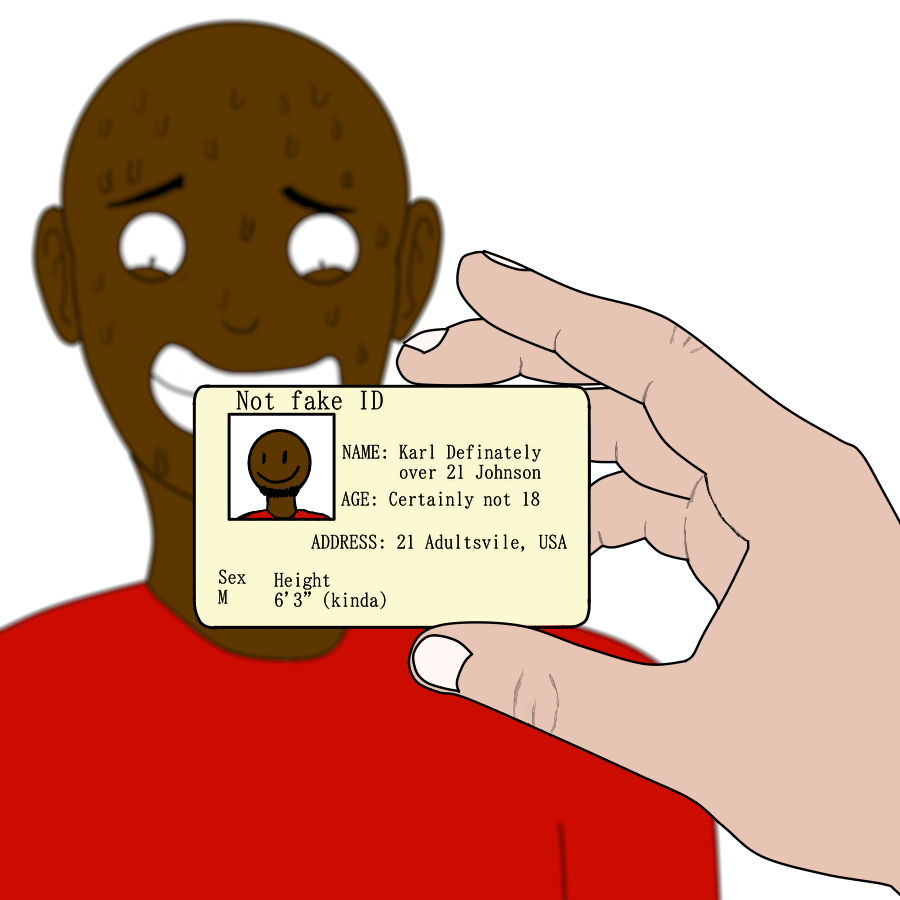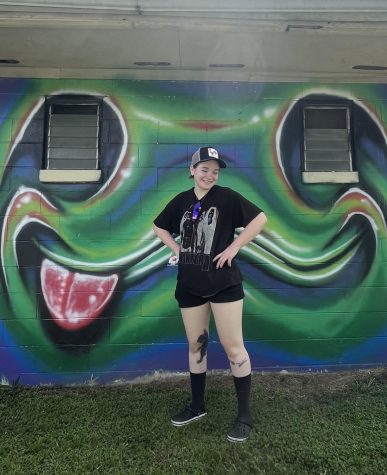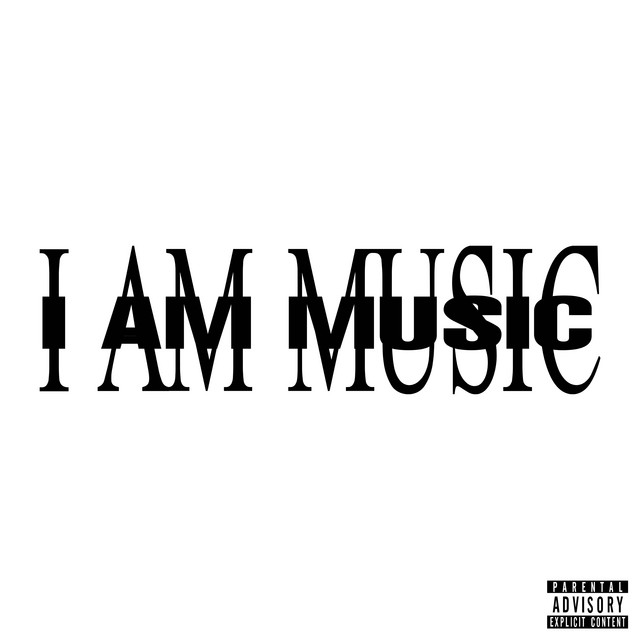Opinion | Fake IDs are culturally relevant
February 23, 2022
On my 21st birthday last month, I saw police enter a local bar. It seemed like a scene out of a movie. My friends that I was with were of age, so we were in no rush to get out. In fact, I was practically begging the officer to check my newly valid ID. As an officer escorted me and my friends out, we could hear people muttering, “There’s no way that anyone in here is 21.” But how could that be? Aren’t bars supposed to be for people over 21?
The reason for all this chaos was probably the amount of fake IDs in the bar. Is owning a fake ID a justifiable act of sticking it to the government for having such a high drinking age, despite requiring males to register for the Selective Service System at 18? Or is it a mindless crime to use a fake ID? For those of you that don’t know, carrying a fake ID in Pennsylvania can land you with a $500 fine and a 90-day license suspension for a first offense.
The consequences of a fake ID far outweigh the benefits, but I think there is reason to believe that committing such a crime takes effort — and maybe even skill. It is interesting to consider fake IDs as products of a strict environment, rather than a quick and unthoughtful plan purchased solely for the purpose of getting drunk. Regardless of motive, fake IDs have become an American cultural artifact for preventable reasons.
The Stanford Encyclopedia of Philosophy defines civil disobedience as “a public, non-violent and conscientious breach of law undertaken with the aim of bringing about a change in laws or government policies.” Civil disobedience is certainly not the intent of most people who own a fake ID. But that shouldn’t invalidate those who generally disagree with a high drinking age and have found a way to non-violently protest said law.
Fake IDs have become such an integral part of drinking culture in the United States that there are countless songs and movies that mention them. For one, McLovin’s Hawaii fake ID from “Superbad” is something that most people still recognize today. Big & Rich, Riton & Kah-Lo and J-Kwon have also made songs about having a fake ID, which have become fairly popular on TikTok.
Fake IDs have been relevant for a couple of decades now. People started using them around 1984 when the United States’ minimum age for buying and possessing alcohol rose to 21. While the fake IDs in the ‘80s were most often someone else’s real ID and not a fabricated one off the internet like the ones that are common today, fake IDs are nevertheless not a new concept.
In a way, using a fake ID is a complicated performance that requires a lot of research. You usually have to memorize meticulous details such as your address, zodiac sign, county, state capital, high school and what year you would have graduated from that high school.
For the most part, possessing a fake ID is a victimless crime. The only real victim is the user and the vendor — if they are caught and charges are pressed against them. Arguments regarding brain development aren’t particularly relevant here, considering there are plenty of other countries around the world with lower drinking ages and functioning citizens.
In some sense, we are living in the modern-day era of Prohibition. While the federal government repealed the 18th Amendment nearly a century ago, the minimum drinking age is still high. A 1984 law withholds federal funds to the states that don’t comply with a minimum drinking age of 21. Obviously every state is going to comply because of their need for federal funding.
Minimum drinking ages are generally lower in the rest of the world. The United States has the highest minimum drinking age of 21 with a handful of other countries following suit. This issue has become abundantly evident as some international students in the United States have turned to fake IDs as a solution for the inexplicably high drinking age in comparison to their home countries. Jon Kelly at BBC even cites the possession of a fake ID as “an American rite of passage.”
The ease of getting a fake ID in the United States is in part because of where these fake IDs are sourced. Sometimes, fake IDs are produced in countries where prosecution by the U.S. government is difficult and production is inexpensive. With just a quick exchange of information over the internet, a fake ID can be produced for anyone that is under 21.
Having a fake ID isn’t always going to be a valiant act of civil disobedience. In all cases it is a crime, and the possessor should be willing to pay for the consequences of owning it. The United States has consistently created a culture around fake IDs through laws and media, so it should come as no surprise that fake IDs are still utilized today.
So, those who are underage, wait until you are 21 or hope and vote for the United States to get its act together.
Jessica Snyder primarily writes about controversy in art and politics. Write to her at jes341@pitt.edu.




